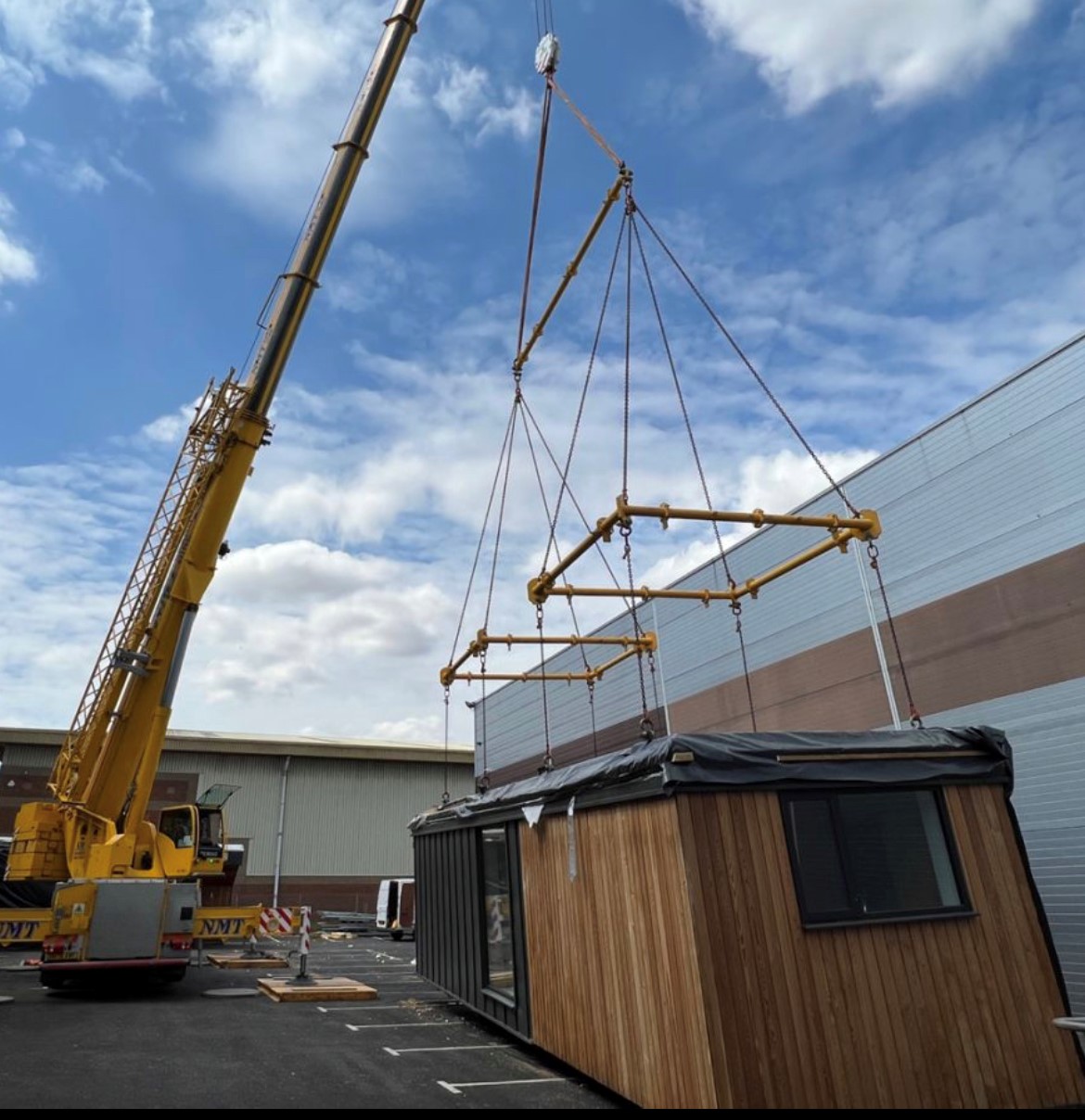Regulatory Compliance for Spreader Frames

- International Standards and Guidelines
- Design and Manufacturing Standards
- Testing and Certification Requirements
- Inspection and Maintenance Protocols
- Operator Training and Certification
- Workplace Safety Standards
- Environmental Considerations
- Documentation and Recordkeeping
Regulatory compliance for spreader frames ensures that lifting operations involving these devices adhere to safety standards, environmental guidelines, and quality requirements. Compliance is essential to reduce the risk of accidents, ensure worker safety, and maintain the integrity of equipment during heavy lifting. Various regulations and standards must be followed depending on the region, industry, and type of lifting operations.
Here’s a breakdown of the key aspects of regulatory compliance for spreader frames:
International Standards and Guidelines
- ISO Standards: The International Organization for Standardization (ISO) sets many standards related to lifting equipment and load-handling safety.
- ISO 16881: Specifies safety and strength requirements for lifting devices like spreader frames.
- ISO 12100: Focuses on machinery safety, including risk assessments for lifting equipment.
- ASME B30 Series: The American Society of Mechanical Engineers (ASME) B30 standards govern the safe use of lifting and rigging equipment, including spreader beams and frames.
- ASME B30.20: Provides specific standards for below-the-hook lifting devices, including spreader frames and beams, with a focus on design, testing, and usage.
- EN 13155: A European standard that covers non-fixed load lifting attachments like spreader beams. It details requirements for structural integrity, load-bearing capacity, and safe use.
Design and Manufacturing Standards
- Structural Integrity and Safety Margins: Spreader frames must be designed to handle more than their rated load capacity, having an in-built design safety factor. This ensures the frame can safely manage unexpected dynamic forces.
- Material Standards: Materials used in spreader frames, typically high-strength steel, must meet specific material standards to ensure durability and resistance to fatigue and corrosion. For instance, ASTM (American Society for Testing and Materials) standards apply to steel used in structural applications.
- Welding and Fabrication Standards: Many regulatory bodies require that welding and fabrication processes meet specific guidelines to ensure structural integrity. For example, AWS D1.1 (American Welding Society) governs welding practices for steel structures.
Testing and Certification Requirements
- Proof Testing: Before being put into operation, spreader frames are usually required to undergo proof load testing to verify they can handle the load safely. This involves testing the spreader frame at a load higher than its rated capacity (often 125–150% of the rated load) to ensure no permanent deformation or structural issues occur.
- Load Testing: Ongoing load tests may be required to verify the integrity of the spreader frame after a certain number of lifts or time in service. These tests may need to be documented for auditing purposes.
- Non-Destructive Testing (NDT): Regular inspections may include NDT methods like ultrasonic testing, magnetic particle testing, or radiographic inspections to detect cracks, corrosion, or fatigue in spreader frames without damaging them.
- CE Marking (in Europe): Spreader frames used in Europe must comply with the European Machinery Directive 2006/42/EC, which requires CE marking to indicate conformity with essential safety requirements.
Inspection and Maintenance Protocols
- Routine Inspections: Regulatory standards require regular inspections of spreader frames, including visual inspections for wear, deformation, or cracks. Inspections must be documented and performed by qualified personnel.
- Preventive Maintenance: Preventive maintenance procedures are often required to ensure the longevity of the spreader frame. This can include lubrication of joints, tightening of fasteners, and checking the integrity of sling attachments.
- Periodic Recertification: In many regions, spreader frames must be recertified periodically (often annually) to ensure they remain compliant with safety standards.
Operator Training and Certification
- Operator Competence: Regulations require that operators using spreader frames be properly trained and certified to operate lifting equipment. This training includes understanding load capacity limits, sling angles, risk assessments, and emergency procedures.
- Safety Procedures: Operators must be familiar with safe rigging practices and proper use of the spreader frame. Training programs often adhere to standards set by organizations like the Occupational Safety and Health Administration (OSHA) in the U.S. or similar bodies in other regions.
- Certification Programs: Bodies such as the National Commission for the Certification of Crane Operators (NCCCO) in the U.S. provide certification programs that ensure operators are skilled and knowledgeable about the use of lifting equipment, including spreader frames.


Workplace Safety Standards
- OSHA Regulations (United States): The Occupational Safety and Health Administration (OSHA) enforces regulations on safe lifting operations, including the use of spreader frames. Relevant regulations include:
- OSHA 1910.179: Governs the use of overhead and gantry cranes, which often use spreader frames in their lifting operations.
- OSHA 1926.251: Regulates rigging equipment for material handling, including spreader frames and beams.
- LOLER (UK): The Lifting Operations and Lifting Equipment Regulations (LOLER) govern the safe use of lifting equipment in the UK. Under LOLER, employers must ensure that lifting equipment like spreader frames is suitable for its intended use, properly maintained, and subject to regular inspections.
- Australian Standards: In Australia, the Work Health and Safety (WHS) regulations mandate compliance with specific lifting and rigging standards, including AS 4991 (for lifting devices like spreader beams).
Environmental Considerations
- Sustainable Manufacturing Practices: Regulations may encourage or mandate the use of recycled materials or environmentally responsible manufacturing practices in producing spreader frames. For example, certain jurisdictions may require documentation of reduced energy consumption or the use of environmentally friendly coatings.
- End-of-Life Management: Disposal of spreader frames must comply with local environmental regulations. This includes recycling programs for steel components and ensuring that no hazardous materials are released during disposal.
Documentation and Recordkeeping
- Load Certification: Manufacturers must provide detailed load certification documents specifying the rated load capacity, safety factor, and proof load test results.
- Inspection and Maintenance Records: Detailed records of all inspections, maintenance, and repairs must be maintained and made available for regulatory audits.
- Risk Assessments: Lifting plans must include risk assessments to ensure safe operations. This involves identifying potential hazards, assessing the risks associated with lifting operations, and implementing control measures to mitigate those risks.
Conclusion
Regulatory compliance for spreader frames is multifaceted, covering design, manufacturing, testing, and usage. Following standards such as ISO, ASME, LOLER, or OSHA ensures that spreader frames are safe, reliable, and capable of handling the loads they are designed for. Regular inspections, proper operator training, and adherence to safety protocols are critical to maintaining compliance and ensuring workplace safety in lifting operations.
